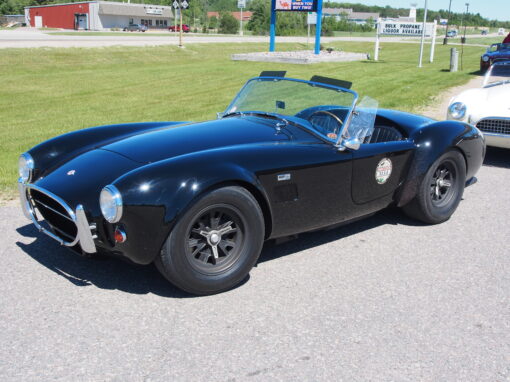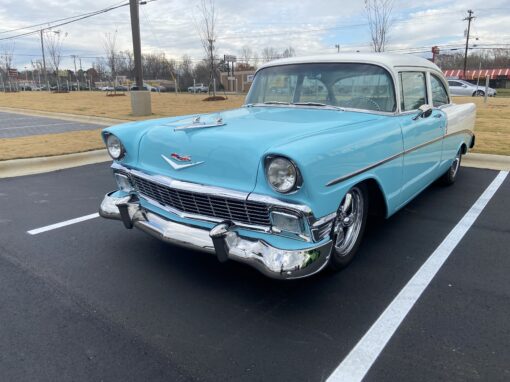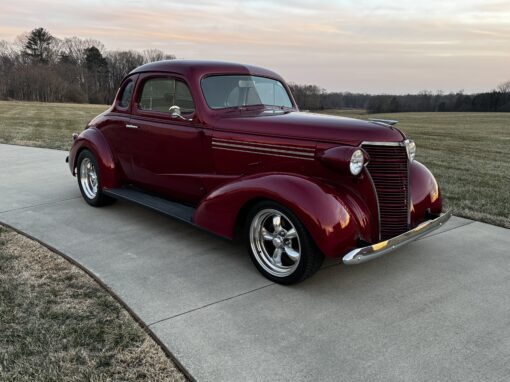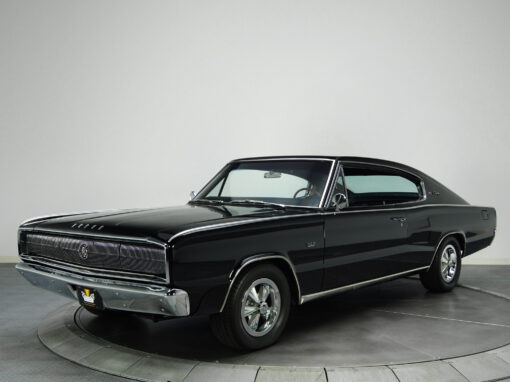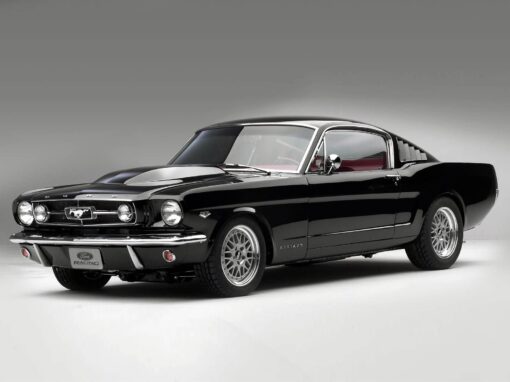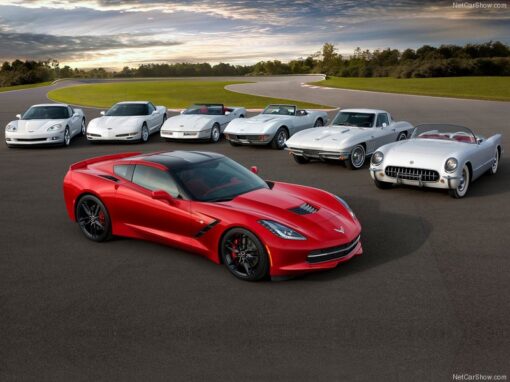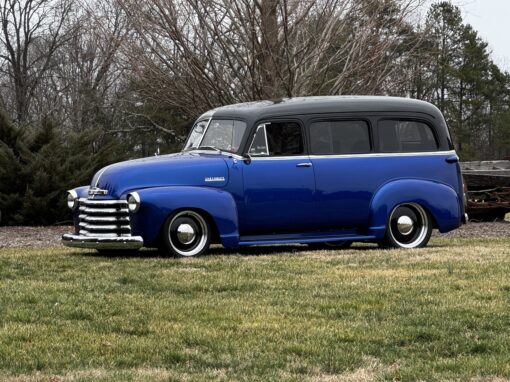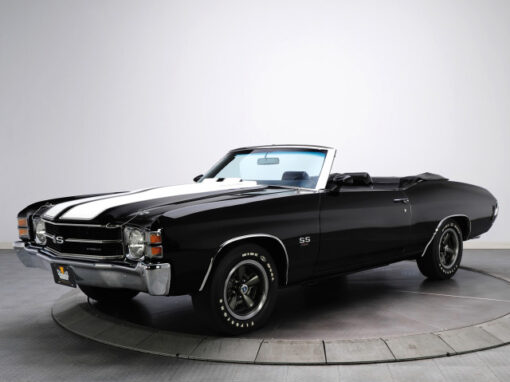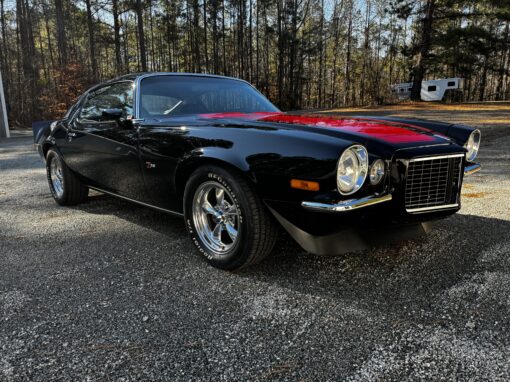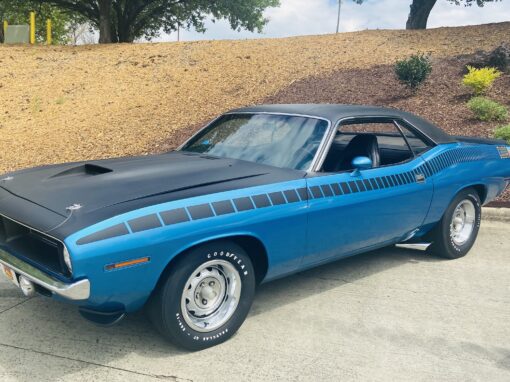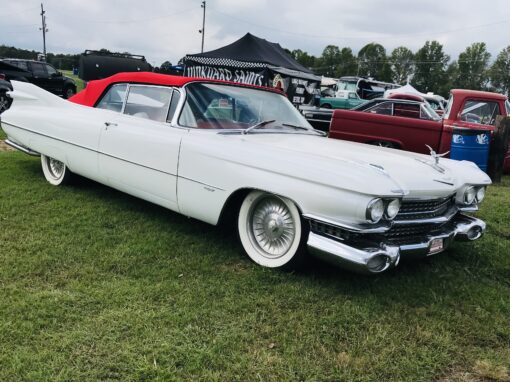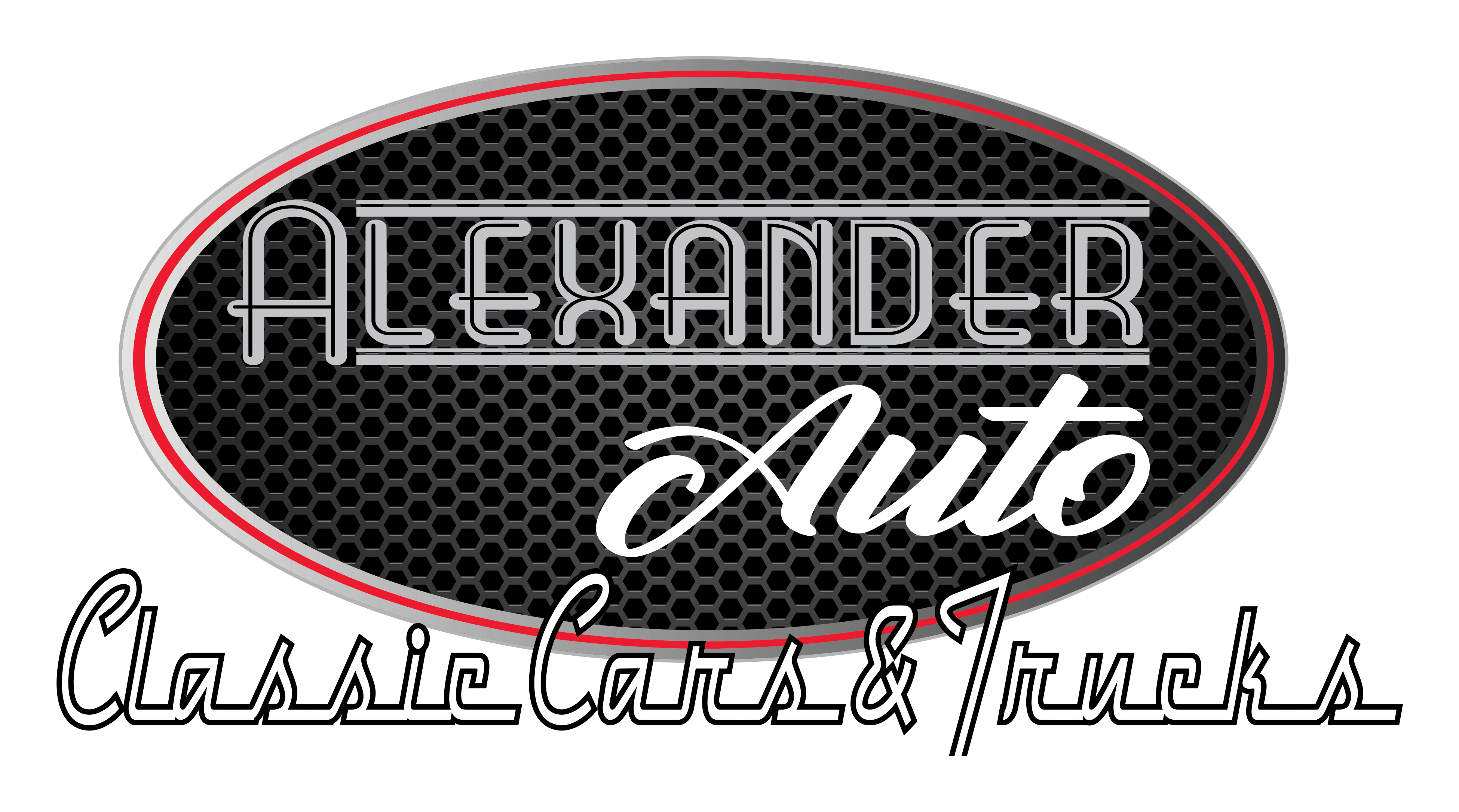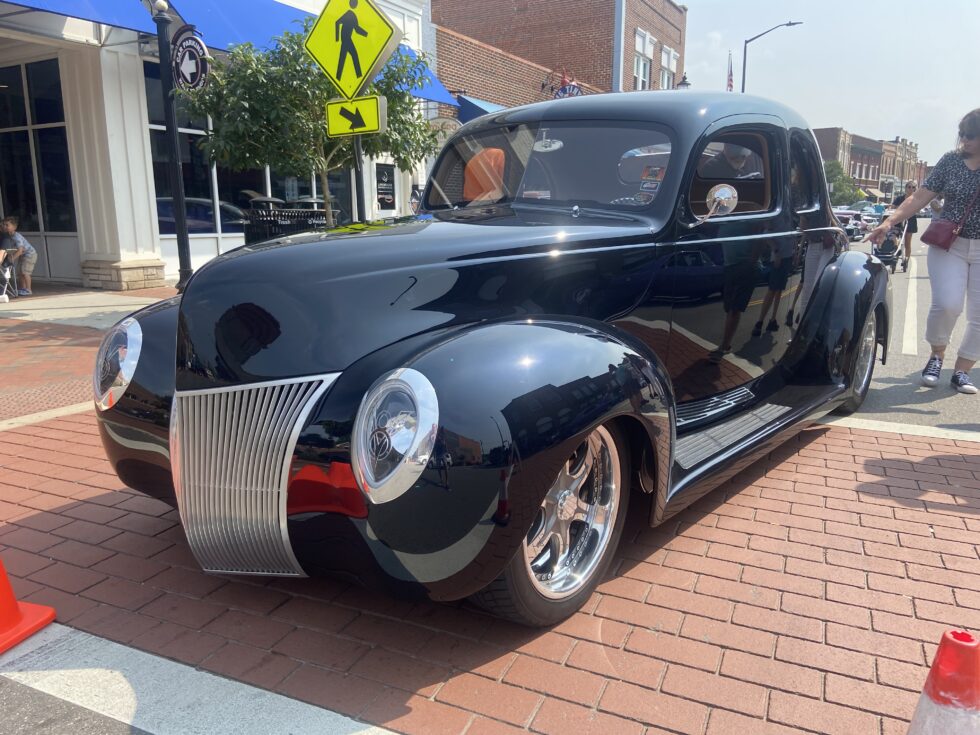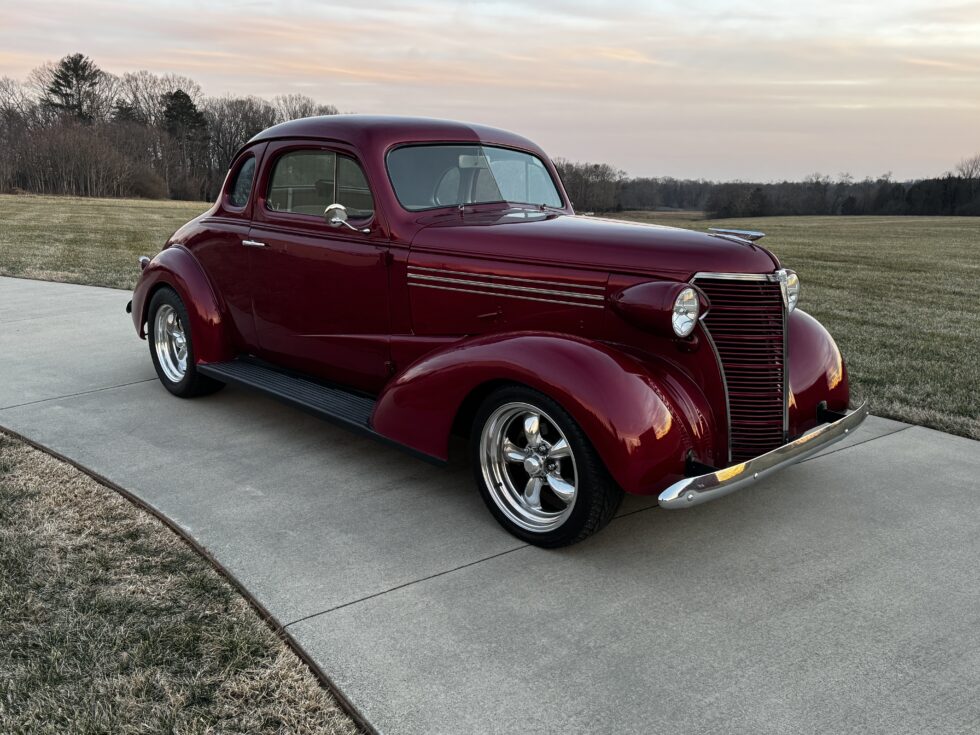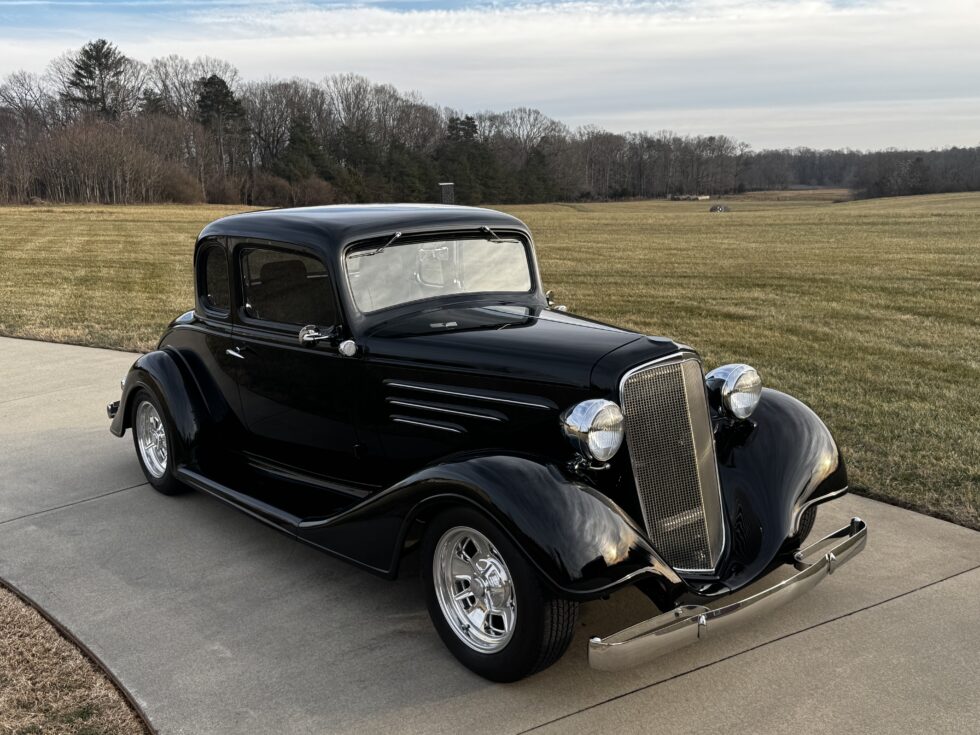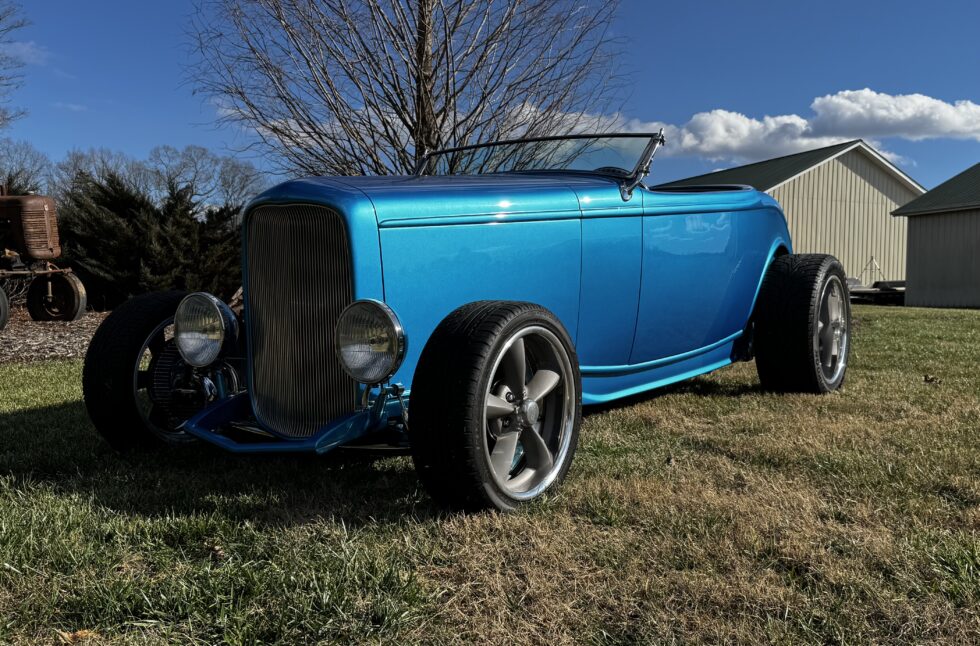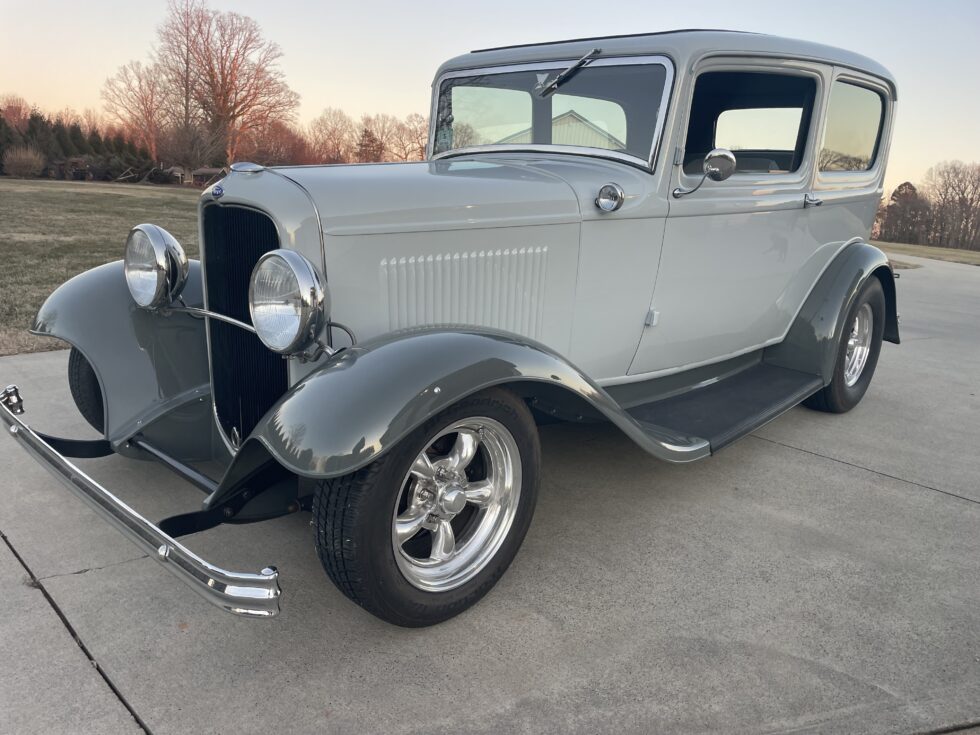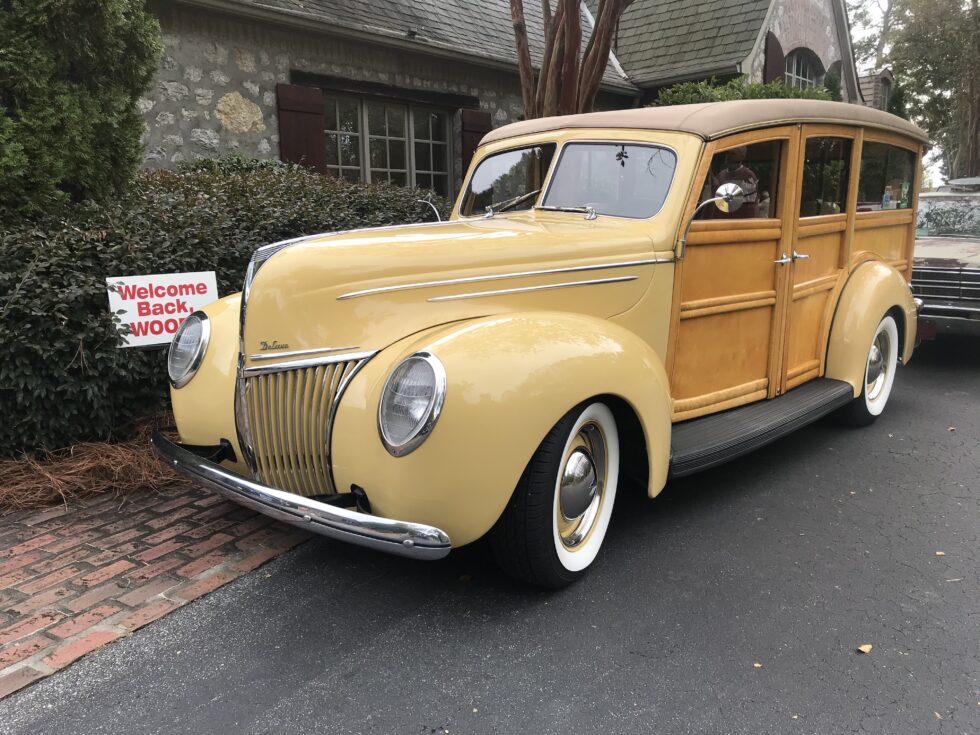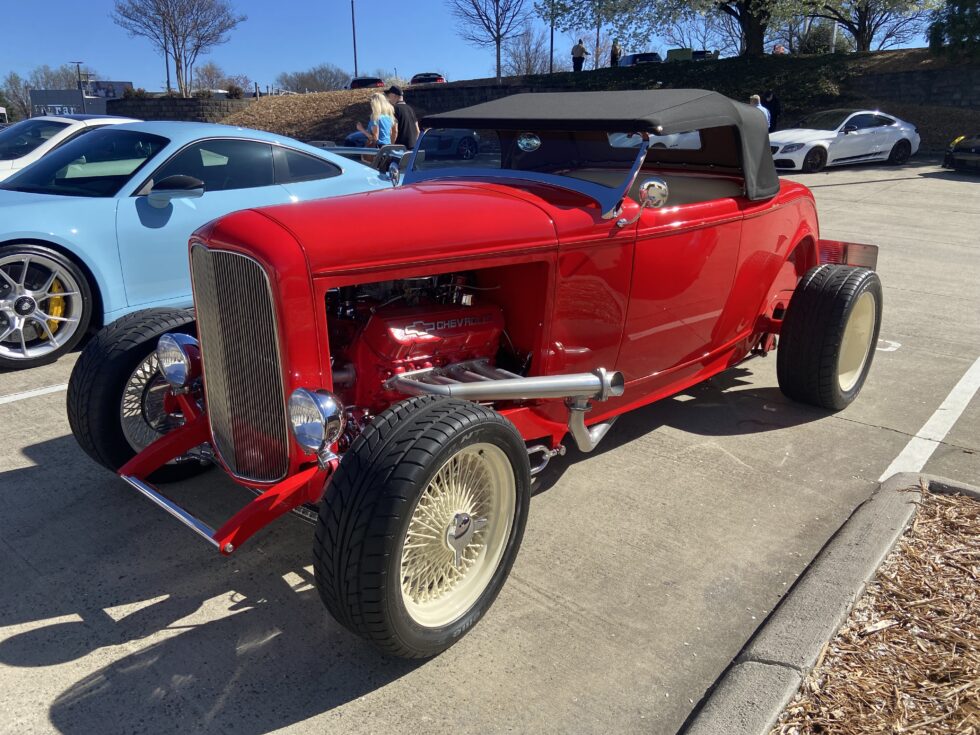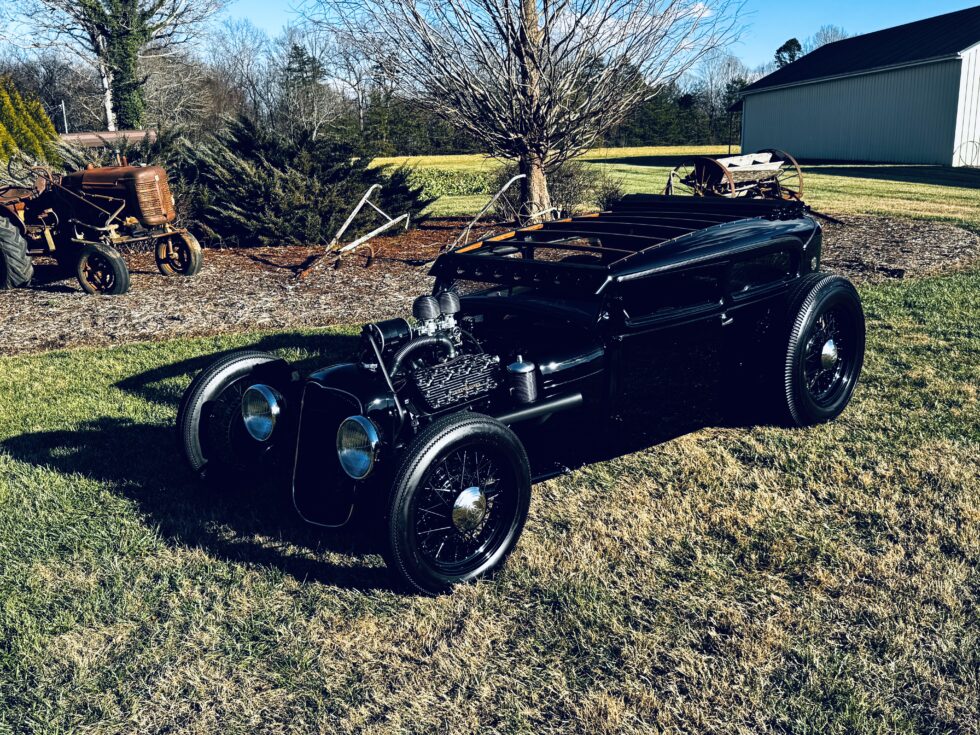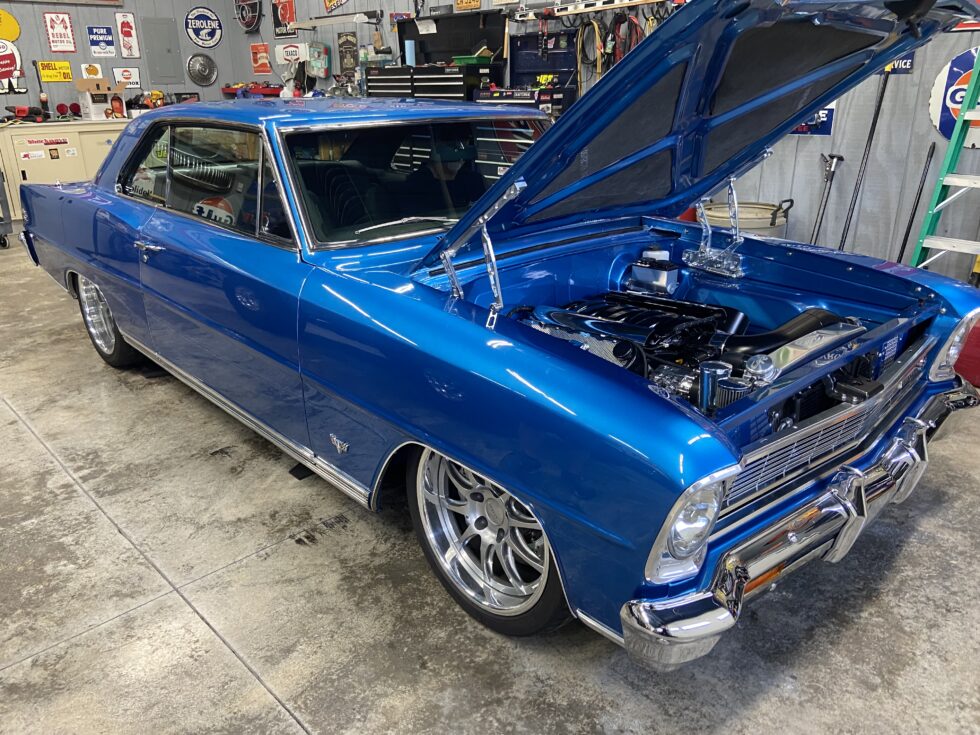The History of Street Rods and Hot Rods
Origins: The Birth of the Hot Rod (1920s–1940s)
Post-WWI Era: After World War I, many young Americans began modifying old cars, typically the Model T and Model A for speed and performance. This was the dawn of the hot rod. Southern California’s dry lake beds near Los Angeles became ideal spots for racing. Hot rodding really took root here, creating a subculture of speed enthusiasts.
Hot Rod Defined: A hot rod typically refers to a modified older American car—stripped down, lightened, and equipped with a more powerful engine. Performance was key.
Golden Age of Hot Rodding (1940s–1950s)
WWII Veterans Return: Many vets came back with mechanical training and a love for fast machines. They channeled their skills into building hot rods.
Speed Shops & Culture Boom: Businesses like Edelbrock and Offenhauser began producing speed parts. Hot rodding became more organized.
Racing Becomes Legit: Drag racing started taking off. The NHRA (National Hot Rod Association) was founded in 1951 to bring safer, sanctioned racing to the scene.
Hot Rod Magazine: Launched in 1948, it helped spread the gospel of performance car culture across the country.
Enter the Street Rod (1960s–1970s)
Street Rod Defined: A street rod is typically a pre-1949 American car that’s been extensively modified—not just for performance but also for comfort, style, and reliability. Think hot rod meets daily driver.
Street vs. Hot: While hot rods were rough and raw, street rods were often cleaner and more polished, with custom paint, interiors, and chrome. The focus expanded beyond speed.
The Street Rod Nationals, started in 1970 marked the growing popularity of cruising and car shows over racing.
Evolution and Customization
Pro-Street & Pro-Touring: New build styles emerged—combining old-school bodies with modern engines, brakes, and suspensions.
Rat Rods: A reaction to overly polished builds, rat rods embraced a rougher, DIY aesthetic. Patina, rust, and raw creativity were key.
The History
